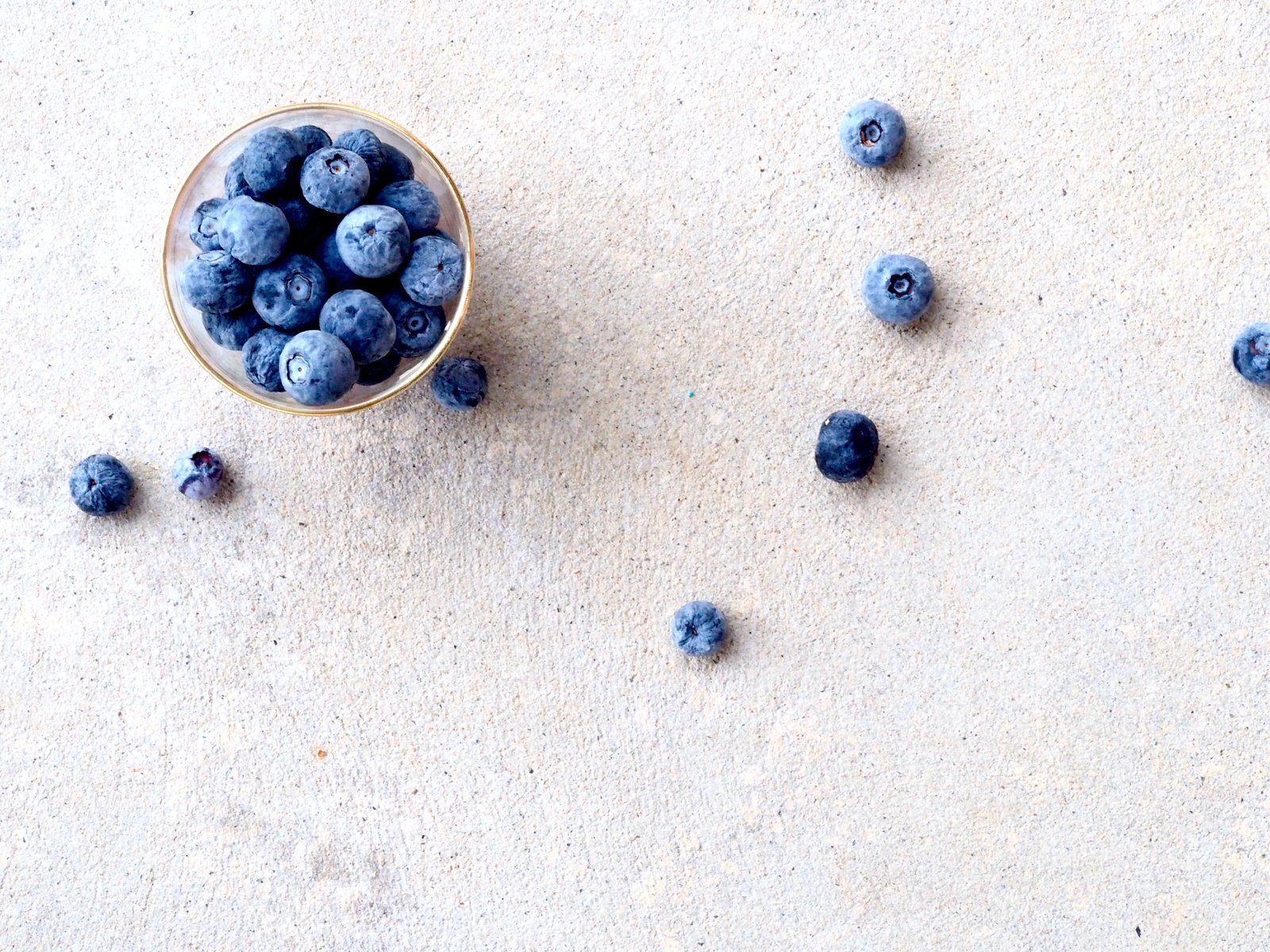In the last lesson, we talked about the importance of getting a diversity of vitamins and minerals from the foods you eat, because they work better together. In this lesson, we will go over some practical ways on how to meet these nutritional needs for your skin on a regular basis.
Before we get started, I want to take a moment to get real and acknowledge that life just doesn’t fall into place, it’s messy and we get very busy. When we get busy it’s difficult to find the resources to do everything we need to do for our bodies.
So what do you do when it’s hard to get all the skin-loving nutrients you need in your meals?
You don’t have to feel guilty, because even with a “perfect†diet, you won’t be getting the right amount of nutrients
This is because of the industrialization of farming practices, which has led to soil depletion. Be aware that industrial farming is focused on efficiency and on how much money they can make with the most crops, not on nutritional content. Farmers want fast growing crops, which limits the time the crop has to absorb the nutrients from soil.
Farmers also want faster productivity, so they are not focused on preserving the quality of the soil for the next harvest. Because the soil doesn’t get replenished, farmers rely heavily on synthetic fertilizers. It’s actually been proven that crops grown decades ago were richer in vitamins and minerals, than crops grown today
In a ground breaking analysis of 12 vegetables, researchers found that the Vitamin C content fell by 30%, and the Vitamin A content fell by 21% from 1975 through 1997.
Another study found that by eating eight oranges today, you would get the same amount of vitamins as our grandparents would have gotten by just eating one.
Now that we are aware of the pitfalls of modern day farming, This is my advice on how to get more nutrients your skin needs.
Buy locally grown food from your nearest farmer’s market. When produce is local, it’s fresher because fruits and veggies start losing nutritional value as soon as they are picked from the soil. When picked, vitamins begin to degrade and thereby decrease. Generally speaking, the longer the food has to sit in transit, the more it decreases in nutritional value. Also, local farms are less concerned about speed and can allow their produce to ripen longer thus making them more nutrient dense.
Another way is to consume green juices and smoothies more often. With green juices, the fiber is stripped away from the vegetable, which allows more nutrients to enter the bloodstream in the fastest way possible. With green smoothies, you’re blending the whole vegetable, so you’re getting more fiber – which can help you feel fuller and improve your digestive health. You really can’t wrong with either. Green juices and smoothies are both great options because you can pack in more nutritious veggies than you would otherwise eat separately.
But be aware, that any drink made of mostly natural fruit juices will contain way too much sugar and lead to spiked insulin levels.

As my final suggestion, you can also take a high-quality multi-vitamin to cover nutrient gaps in Vitamins A, C, D, and E, and minerals zinc, selenium, and magnesium. Studies show acne patients are more likely to be deficient in those nutrients. High quality multi-vitamins are soured from real whole foods. My two favorite multi-vitamin brands are New Chapter and Megafoods.
When it comes to vitamin supplements, be sure watch your levels of Vitamin A, because taking over 10,000 IU a day can be toxic. It’s best to check all the supplements you’re taking to make sure you’re not accidently overdosing on anything.

Featured photo by Jess Bailey on Unsplash

Leave a Reply